Varskoga
The Varskogans or Varskoga are a largely human ethnic group from the Varangian Peninsula. Originally from southern Teroa, they are the descendants of the Skoga, an human ethnic group that migrated to Western Auloa during the final waves of the Great Exodus of Man. Though not united under a single political banner, Varskogans have coalesced into a common culture with a shared language, values, traditions, and general worldview.
Though largely composed of humans, many Varskogans claim other mortal lineages, most commonly dwarf, goliath, and orc. Most live in sedentary agricultural communities with some emphasis placed on hunting and fishing depending on the local environment. Many also suppliment their income through seasonal reaving, where young able-bodied warriors set out to other parts of Auloa in search of fame and riches.
Naming Traditions
Feminine names
Agnis Aldis Alof Asfrid Asta Astrid Estrith Bera Besje Bothhild Dageid Dagna Dalla Disa Dyna Edit Edla Frakokk Freya Freydis Freygerd Frigga Gerd Geira Goda Gragas Grelud Grima Gulli Gunnor Gyda Hala Haldis Haldora Halgrim Halveig Hosvi Inga Ingirun Ingolv Isgerd Jaddvor Katla Luta Maere Magnhild Medana Nanna Ota Ragna Ragnelf Rane Rudda Rusila Sela Sif Sigga Aeri Aela Ysolda Mjoll Jordis Uthgerd Agna Brill Bryling Fridrika Gerda Gerdur Gisli Dagny Drifa Greta Grelka Helga Edith Faida Fastred Hilde Hulda Ingun Ingrid Jala Jora Olda Oriella Orla Ruki Una Ulfgerd Svala Bergthora Solvor Iri Ashild Halbera Rafarta Gudfrid Dotta Ingun Siv Thyri Gyrid Ragneid Aesa Thurid Kadlin Arngunn Gyrd Aslaug Asny Isgerd Jaddvor Brynhild Gudney Thorfinna Bolla Mikkel Kasper Dendik Arthur Arne Ingvar Vibeke Oline Valle Soren Tanja Sylvi Liv Alfhild Helen Kari Malin Randi Esther Maren Toril Reidun Rigmor Marit Britta Anita
Masculine names
Odin Thor Tyr Braggi Baldr Vali Loki Aegir Hel Haenir Mimir Vali Freyr Draupnir Abi Aghi Agmund Agnarr Alaf Alfaster Alfwald Alrik Amund Arlogh Arngeir Arngrim Arnkel Arnulf Arva Asbjorn Asbrand Asgeir Asmund Asvald Aswith Baug Beinir Bekki Belgr Bildr Borolf Brand Brondolf Brynjolf Dirk Ansli Dagon Nidaras Torvald Ysgramor Bolverk Dagfinn Dyggve Edger Egil Ekbert Emmerik Eowils Esgar Eydis Erland Farald Fili Kili Finnulf Torbir Folke Freyvid Gagni Galli Gamal Gardar Gauk Geirfinn Geirleif Gert Gikel Gisli Godfred Guthfrith Gorm Goslar Grimald Grimkel Grimolf Gryffi Gudleif Gudleik Gundvast Gudrod Guthlac Gyriar Haarek Harald Haakon Haddr Hafgrim Hagbard Haki Haland Haldor Halfred Halgrim Halmund Halmund Havlock Heimdall Heimir Hermond Heroth Herstein Hrothgar Holgar Hoskuld Hrodulf Hrokr Hubba Ubba Ragnar Ingmund Ingemar Jango Jamsgar Jorund Jormund Kali Karl Kleppr Kodran Kodlak Kolan Leif Lodmund Lothen Magnus Margad Moddan Nate Nessi Normadr Oddi Odward Offe Ogmund Olaf Omar Olvir Ordulf Orma Osten Osulf Otter Radbard Ragi Regin Randulf Randver Rimbert Roginfred Rollo Runi Runolf Sam Saxe Sandr Saxulf Scula Sibba Sidroc Sigbjorn Runa Rudda Skadi Solveig, Solvor Sven Sverra Thola Thora Thara Thordis Thorfinna Thorgerd Torbear Thyrrni Tjorven Ulfheid Valgerd Vandrad Vendela Vibrog Vigdis Ylwa Yngvild Snorri Sorr Skoppa Skorpa Sondulf Starkad Steig Steinolf Steinthor Styr Sudreyar Svadi Svartlingr Sverting Swegen Tandri Therir Thidrik Thond Thorberg Thorfinn Thorgaut Thorgrim Thorn Toglos Thyrkii Thyrne Trelle Trondelag Trygg Valbrand Ulf Tuscar Uni Vandil Vermund Vidfari Vidkun Vigbun Addvar Ulfric Calder Boti Borvir Bottar Bulfrek Geirlund Geirmund Frothar Fultheim Gjuk Drennen Golldir Gregor Hadvar Hamal Erikur Engar Embry Elgrim Esbern Heimskr Helvard Henrik Fenrig Farkas Falk Farangar Balbus Badnir Benkum Benor Bersi Anders Alvor Cnut Kraldar Kyr Hod Hroggar Hrongar Igmund Mikael Markus Margret Lod Lokir Lund Lemkil Jervar Jod Jolf Jora Jorgen Joric Jorn Jurgen Odar Ogmund Nils Ranmir Siddgeir Sigurd Sonir Thorald Torygg Thrynn Valdr Vekel Vilkas Vipir Vorstag Virkmund Wilhelm Yrsarald Ospak Harek Skapi Bjornulf Vandrad Skallagrim Halfhan Torsten Thorod Hervor Nidillug
Culture
Major language groups and dialects
Most Varskogans speak Varskogan, a relatively young language that is derived from the indigenous Old Varangian and Skogan, the language spoken by the Skoga humans who conquered and colonized most the Varangian Peninsula.
During its early formation, the Varskogans did also adopt the Old Varangian alphabet and script as their writing system. However, in the two centuries since the Skoga migration, most literate Varskogans have switched to the more common Palladian script used by speakers of the other major languages in Auloa. Regardless, Varskogans have a very low literacy rate with very few outside of the Hold capitals able to read and write.
The Varskogan language is currently undergoing a split in dialects as the Varskogan settlements located on either side of the Varangian Range become more and more culturally distinct. The Western Varskogan has retained more loan words and grammatical styles from Old Varangian and Old Giant while Eastern Varskogan borrows more from Skogan and now Tamorese.
Culture and cultural heritage
Reaving
As Varangia’s population continues to grow, the Varskogan jarls have come to adopt a policy of seasonal raiding, known as the Reaving. When the warmth of winter fades, the Varskogans gather in Stravanger's sacred Dreamspire, and decide to raid the lands they’ve recently traded with. They make an effort not to slight those they have economic connections with but are fickle folk. This practice has grown more and more common due to the internal pressures of the Varskogans and many contemplate not only raiding nearby settlements, but conquering them and forming a true Varskogan Empire.Shared customary codes and values
Life for most Varskogans is centered around the family unit, with developing strong familial bonds with neighbors is considered extremely important. Small communities outside the major settlements may have only one large timber-based structure. Called a longhouse or sometimes a meadhall, the leader of this structure is usually the eldest male, though females often run it and it is passed from father to son.
Multiple families may reside in a single longhouse. These structures are usually two stories though they can be a single story in the poorer, colder south. The upper levels are used for storing goods and supplies, as well as private chambers for the head of the house. The lower level is divided between the living space and the livestock space.
Most Varangians bring their livestock inside every evening and sleep nearby in the living space. The living space is where feasting, activities, rituals and even sleeping occurs. Those who are unmarried and not of the house’s lineage sleep on furs in the living space. Thralls generally sleep with the livestock though kinder masters sometimes allow them space in the main hall.
Each longhouse is swears loyalty to their local jarl, and is occasionally checked on by some of the jarl’s trusted aides, the thanes. Taxes are paid to the thane, usually in wholesale raw goods and then sent to the capital of the Jarldom or Hold. In exchange, the jarl commits to protecting the inhabitants of the longhouse from raiders and other threats. The jarl also acts as an arbiter in disputes between longhouse leaders.
In reality, only the most prosperous of these longhouses are really looked after by the jarls in great detail, with poorer families only able to provide subsistence for themselves and are often vulnerable to raids, hardship, and corruption.
Thralldom
In traditional coastal jarldoms many farmers are not free citizens but ‘thralls,’ captured persons who work as serfs for wealthy sea-faring landowners. Thralldom is much different than slavery, for thralls are allowed to own property, marry as they please and their children are born free. Thralls can also buy their freedom through purchase of a flesh tithe, or by being recognized for their exemplary loyalty to their master. In Varskogan culture, it is the act of being captured that gives one their status as a thrall, for it is seen as highly dishonorable to be taken by an enemy rather than killed. Many thralls in Varskoga hail from the Falerian coast, to halfling from Érulad, and Tamorese humans. Only the Maddrell dwarves seem to be able to hold off the Varskogan raids as their tall stony holdfasts.Common Dress code
In everyday life, most Varskogans wear woolen clothing, usually a short tunic, trousers, and leg-wrappings that act like stockings or stocks. The wool is usually not dyed or is interwoven with smaller pieces of dyed material. Varskogans own usually only one fully dyed piece which is worn only for special occasions such as weddings or funerals. Wealthy Varskogans often possess multiple fully dyed and patterned outfits as a sign of status. They also often own clothing made of more exotic fabrics such as cotton or silk.
Varskogans also frequently wear cloaks when outside in inclement weather that often batters their homeland. Larger coats and thicker trousers are worn during winter and are often made of thick wool, hide, or fur. Furs are expensive but most Varskogans own at least one piece of tailored fur or animal skin clothing. Seal skin is worn by fishermen and sailors due to its hydrophobic qualities.
Varskogan warriors rarely wear armor; with many preferring to follow the traditional battle rites of the berserkers. Most Reavers prefer usually gambesons, padded wool tunics that are both light-weight and durable enough to ward of most attacks. Wealthy Varskogans wear half-helms of steel or iron to protect their heads and eyes. They also have begun to wear more complex, expensive armor pieces such as chain mail and lamellar. Varskogan smiths learned of metallic mail from dwarven techniques, while lamellar is an older tradition, and may trace back to the Skoga or to the indigenous goliath tribes. Skien-forged steel is considered the most prestigious material followed by the far rarer mithril.
Foods & Cuisine
Hardy grains like wheat, barley, and oats are the staple foods of the Varskogan people. Early Skoga colonists brought maize but the short growing seasons led to multiple poor harvests and the crop eventually disappeared and was replaced by native Auloan crops. The Skoga also brought the first potatoes to Varangia where they have flourished and have begun to spread north into Kerkish fields.
Few fruit trees grow in south of the Crook, but berries and nuts are plentiful and make up a large part of working class Varskogans' diets. Only the wealthiest Varskogans have meat on a regular basis with most folk butchering domesticated animals only during special festivals or when absolutely necessary. Game animals are more commonly consumed for food with rabbit, deer, and wild eggs making up the majority of Varskogan dishes.
Most Varskogans live close to ample sources of fish and other seafood. Cod and herring are most common, but trout, salmon, eel, lamprey, and squid appear in many dishes. Larger catches such as tuna, seal, shark, and porpoise fetch high prices at fishmarkets and are often found on the tables of jarls and nobles.
Ideals
Gender Ideals
Most Varskogan men are in charge of the longhouse’s physical security and farming, while women handle the trade, taxes, finances, and the rearing of the children. Often, men are represented symbolically by the dirk, a long dagger carried at all times both as a tool and for protection. By the same token, women take on the symbol of a ring of keys, representing the many doors and gates which the head woman of a house is responsible for.
Shieldmaiden
However, sometimes female Varskogans do take up arms, either in defense of her family and clan or as part of the yearly Reaving. These women are known as shieldmaidens or swordmaidens and sometimes come from storied lineages of warriors. In most clans, women who take this title are unmarried, widowed, or have partners who are unable to perform their duties as sworn warriors. Shieldmaidens typically serve for a set amount of time, usually for a single Reaving or for the duration of a crisis. However, many shieldmaidens choose instead to remain shieldmaidens for years, with some of the most skilled attaining the rank of housecarls or thane. There are even some shieldmaiden societies, groups of unmarried women who serve as quasi-mercenaries or adventuring companies for jarls or foriegn leaders. Upon returning home, their status within Varskogan society changes as they take on aspects of grown male warriors and gain a degree of independence not seen among most young unmarried women. They are able to negotiate their own brideprice, and usually have a higher bride price, as it is believed that a woman that experiences or triumphs in combat will bear stronger offspring than one that does not. Unfortunately, some families will pressure daughters who are unlikely to fetch high brideprices or who can't offer good dowries into becoming shieldmaidens to allievate financial pressure or boost their social standing.Courtship Ideals
Varskogans typically marry around age 25 for humans in the north and around 20 in the south, where life expectancy is shorter. Young marriages are extremely rare and almost never consummated. The women of a household are in charge of arranging marriages for their sons and daughters.
Parent ethnicities
Encompassed species
Related Organizations
Related Locations
The Varskogan language is derived from Old Varangian, a runic language often used in ritual bone throwing
Varskogans value martial prowress
Varskogan longhouses usually house one or more family units as well as servants, thralls, and even livestock
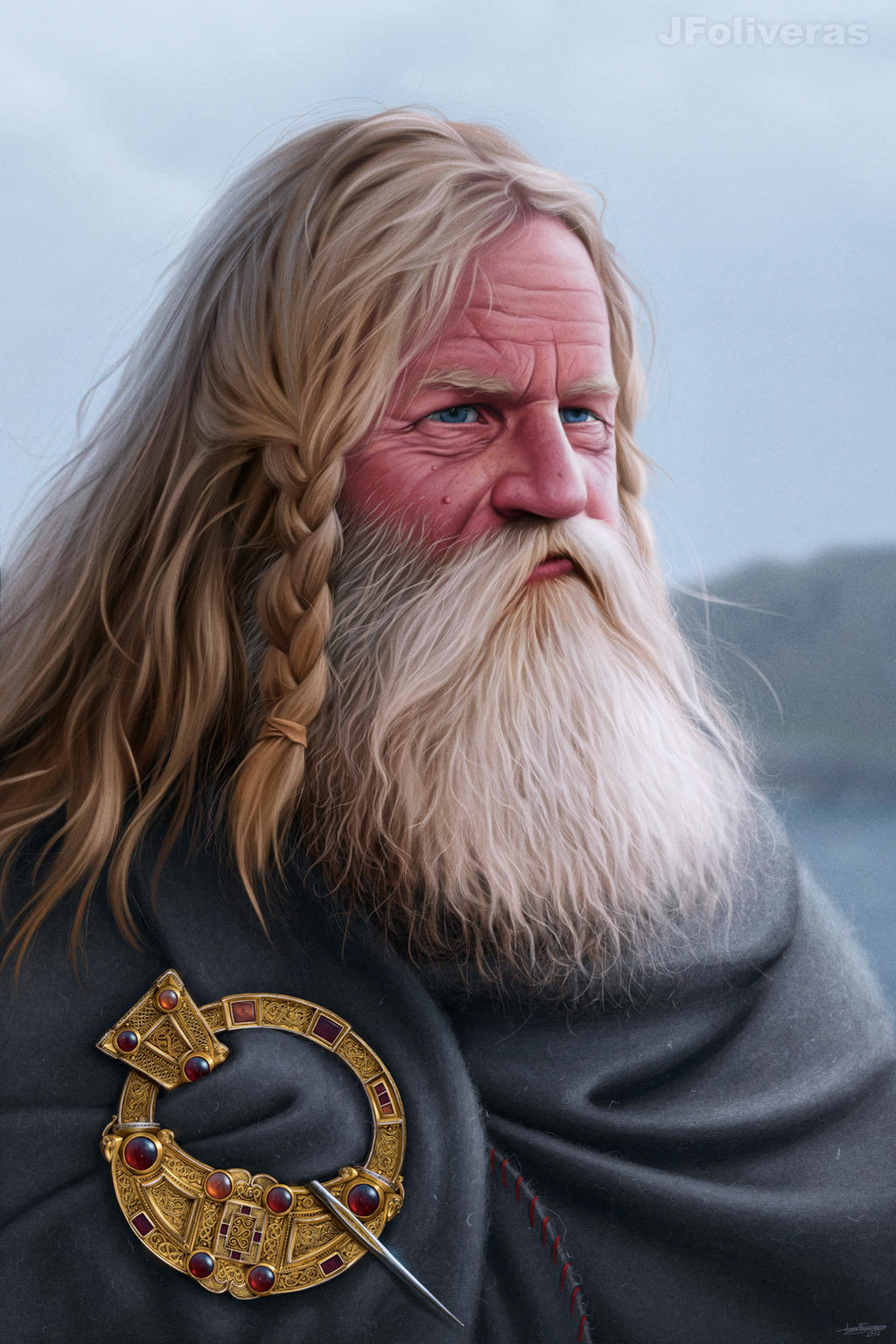
by JFoliveras
Varskogans are led by jarls, a kind of lord that defends a stretch of territory and draws tithes from the local vassals
Varskogans wear their hair in a variety of patterns and styles, with a strong emphasis on preservation and cleanliness
Varskogan family life is centered around the longhouse hearth, where meals and stories are shared
When a Varskoga woman takes up arms in defense of her clan, she will often take on the title of Shieldmaiden, a position of honor unique among Auloan cultures

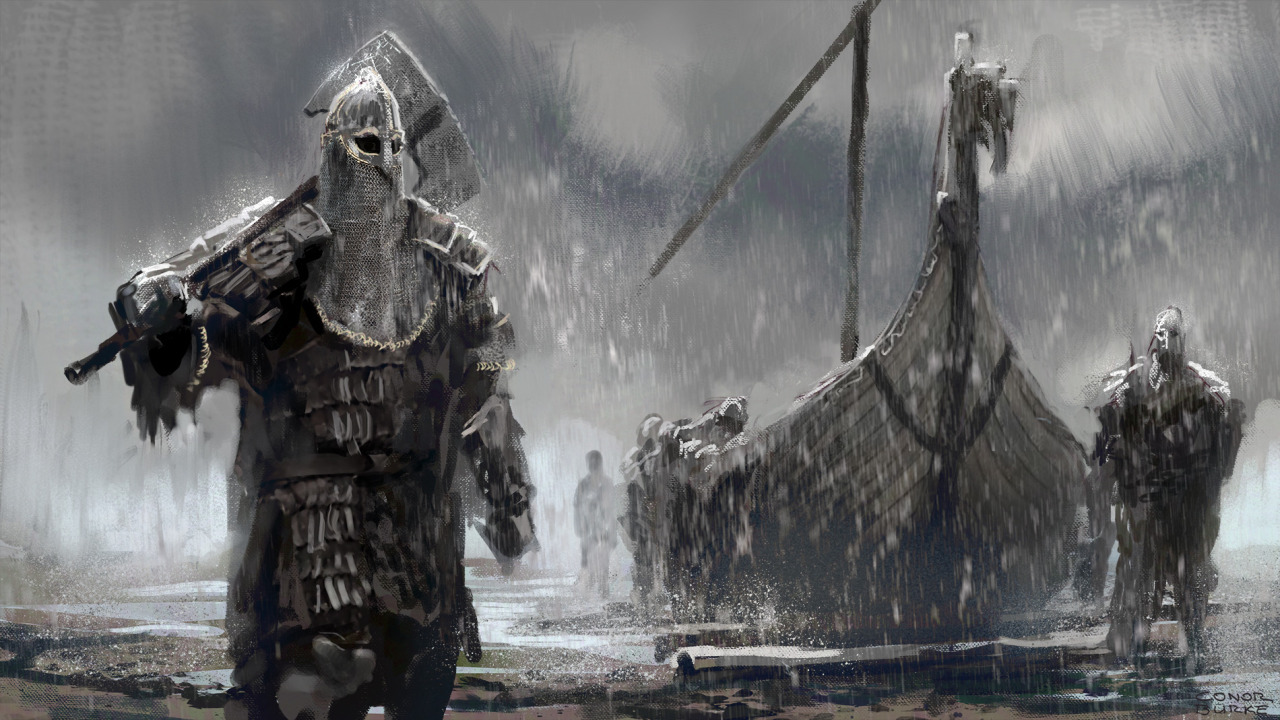
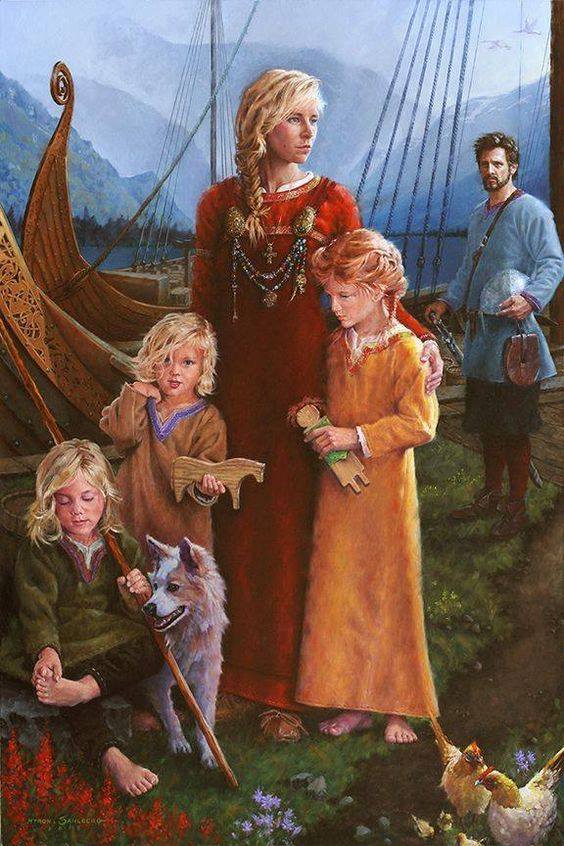
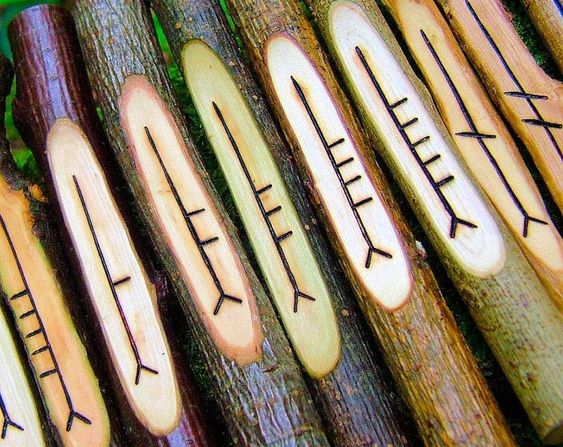
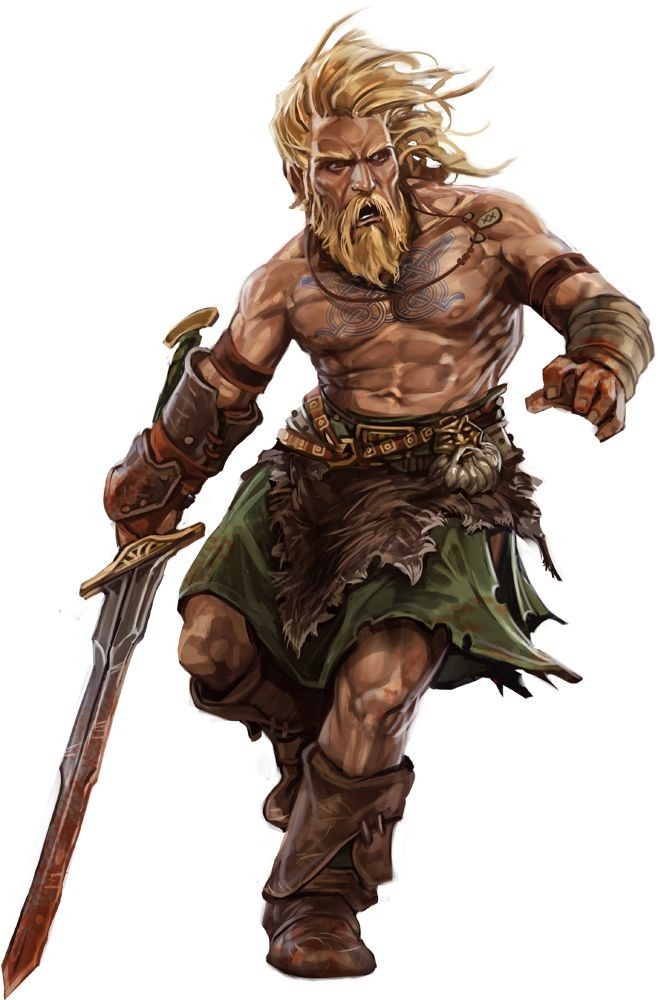
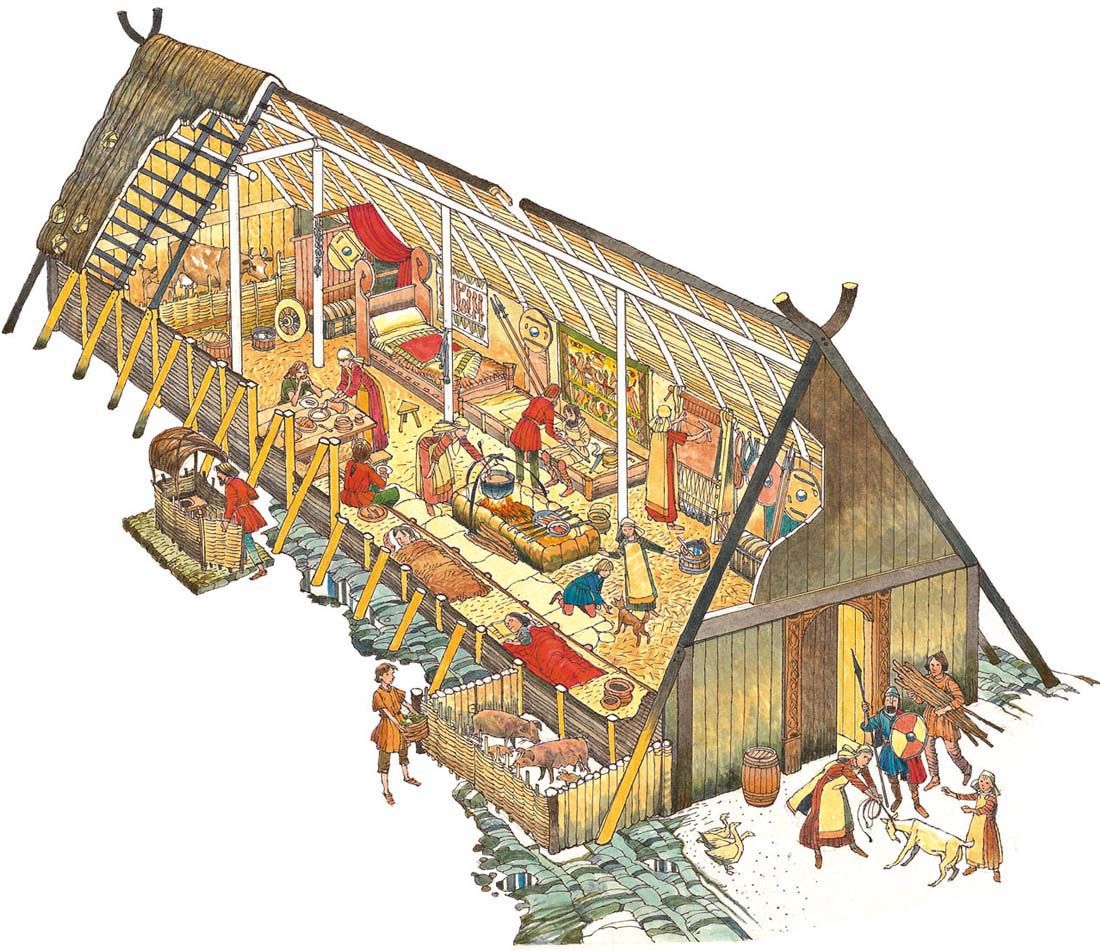
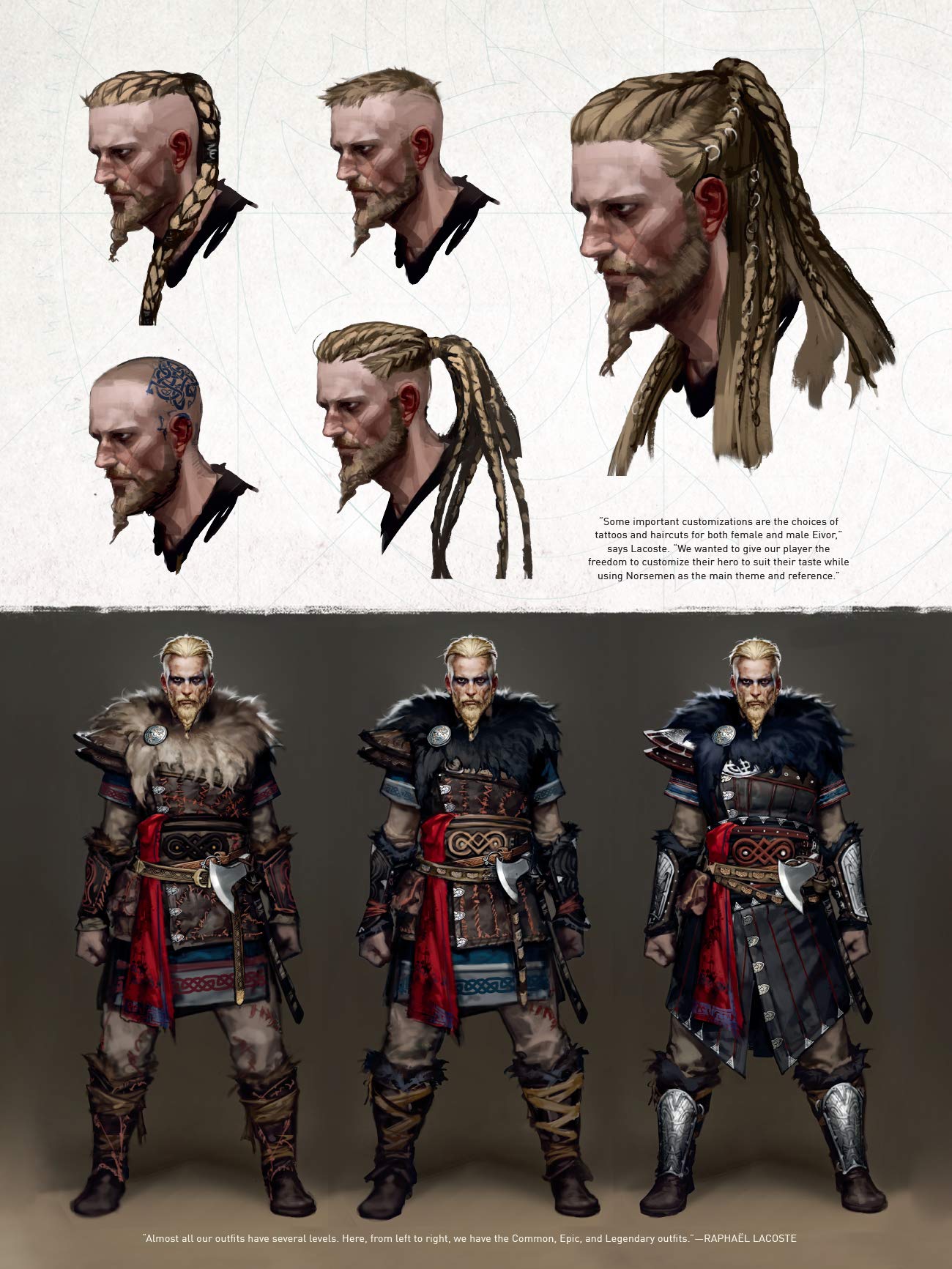
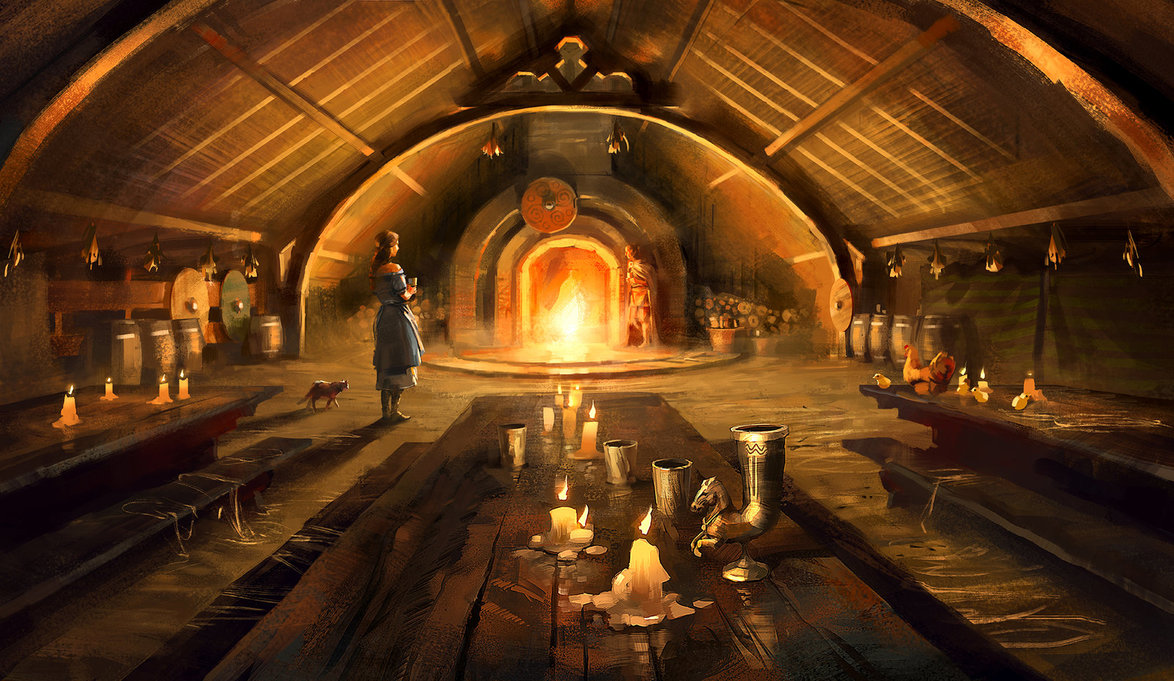
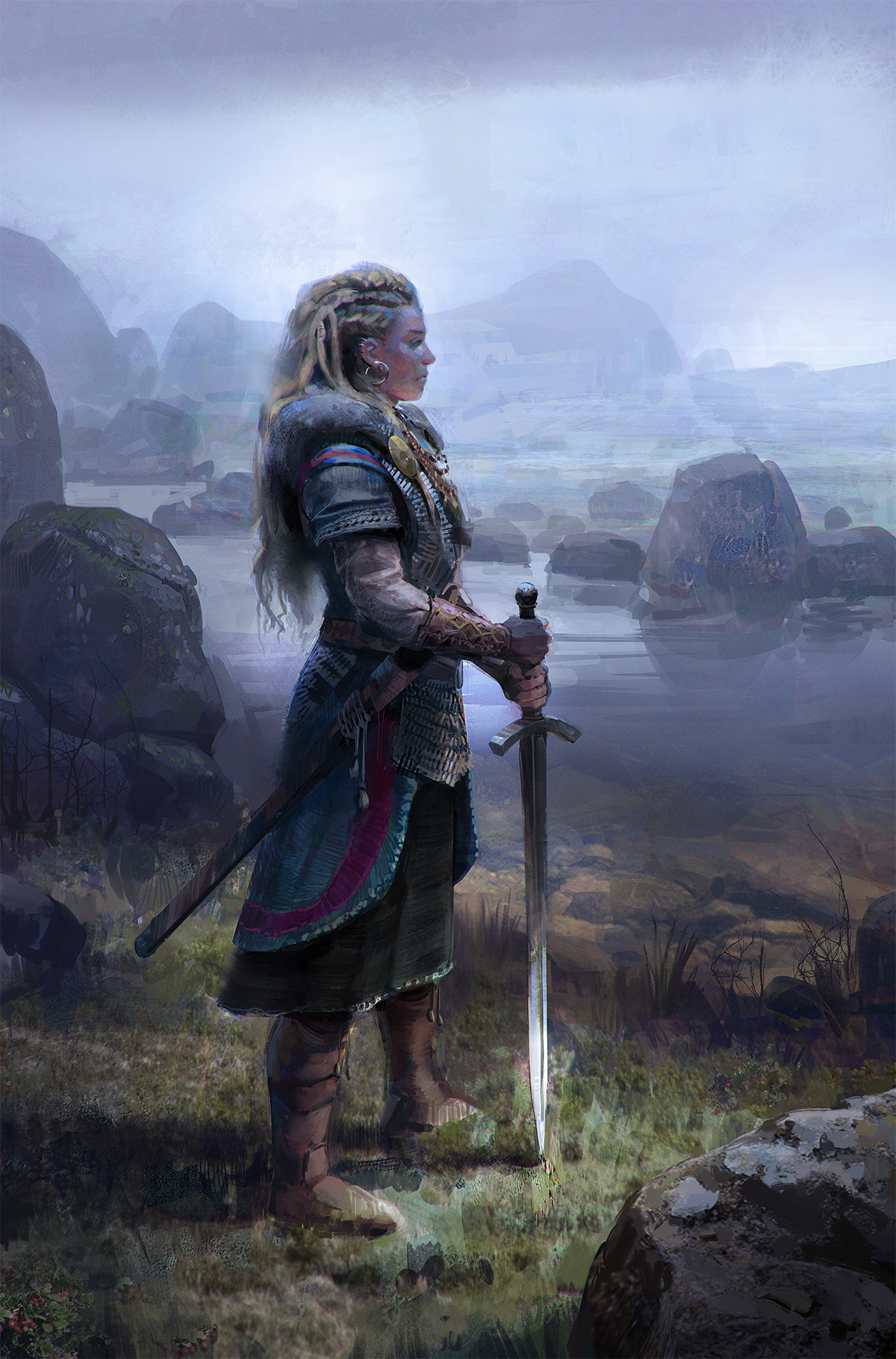
Comments